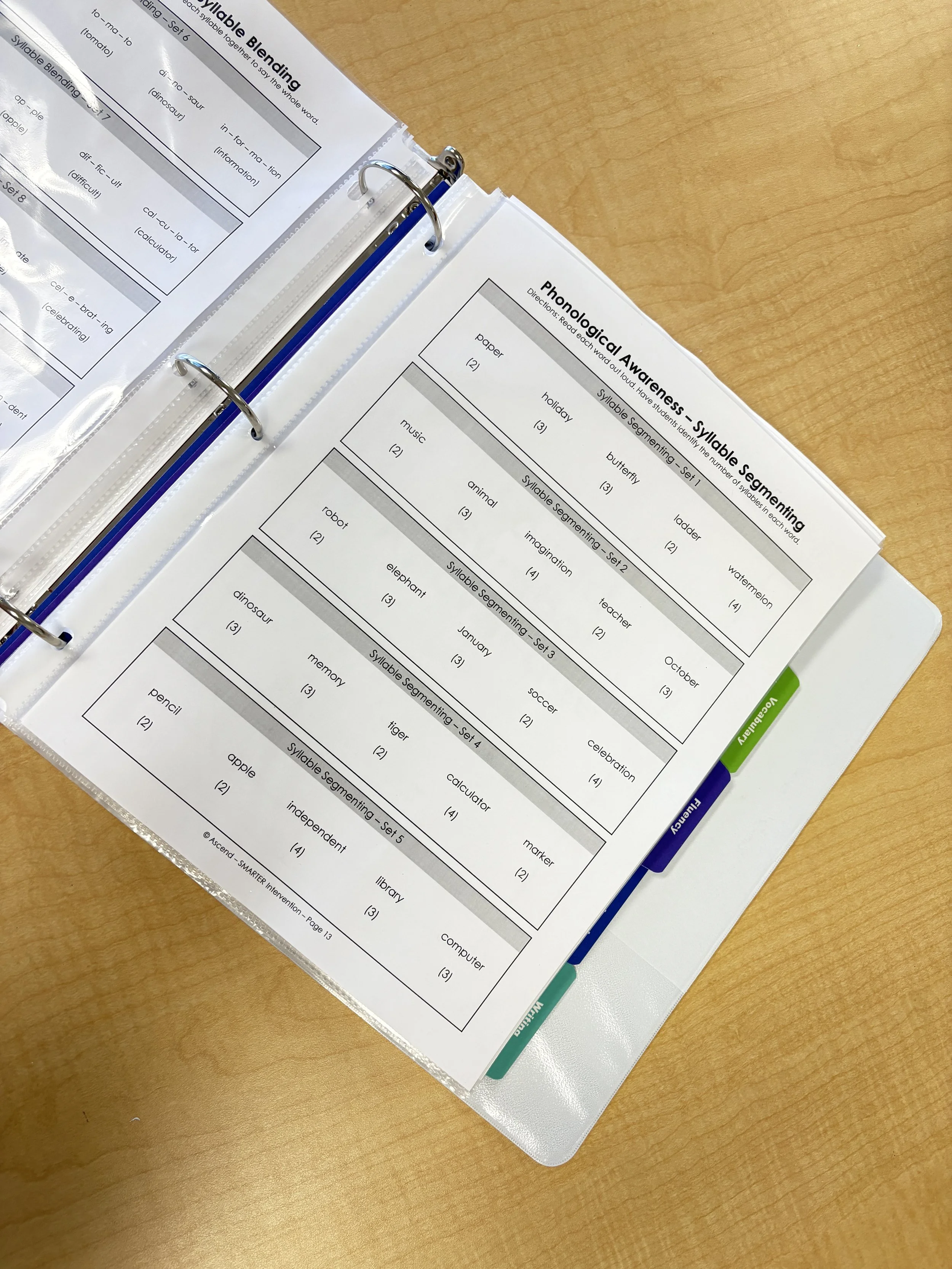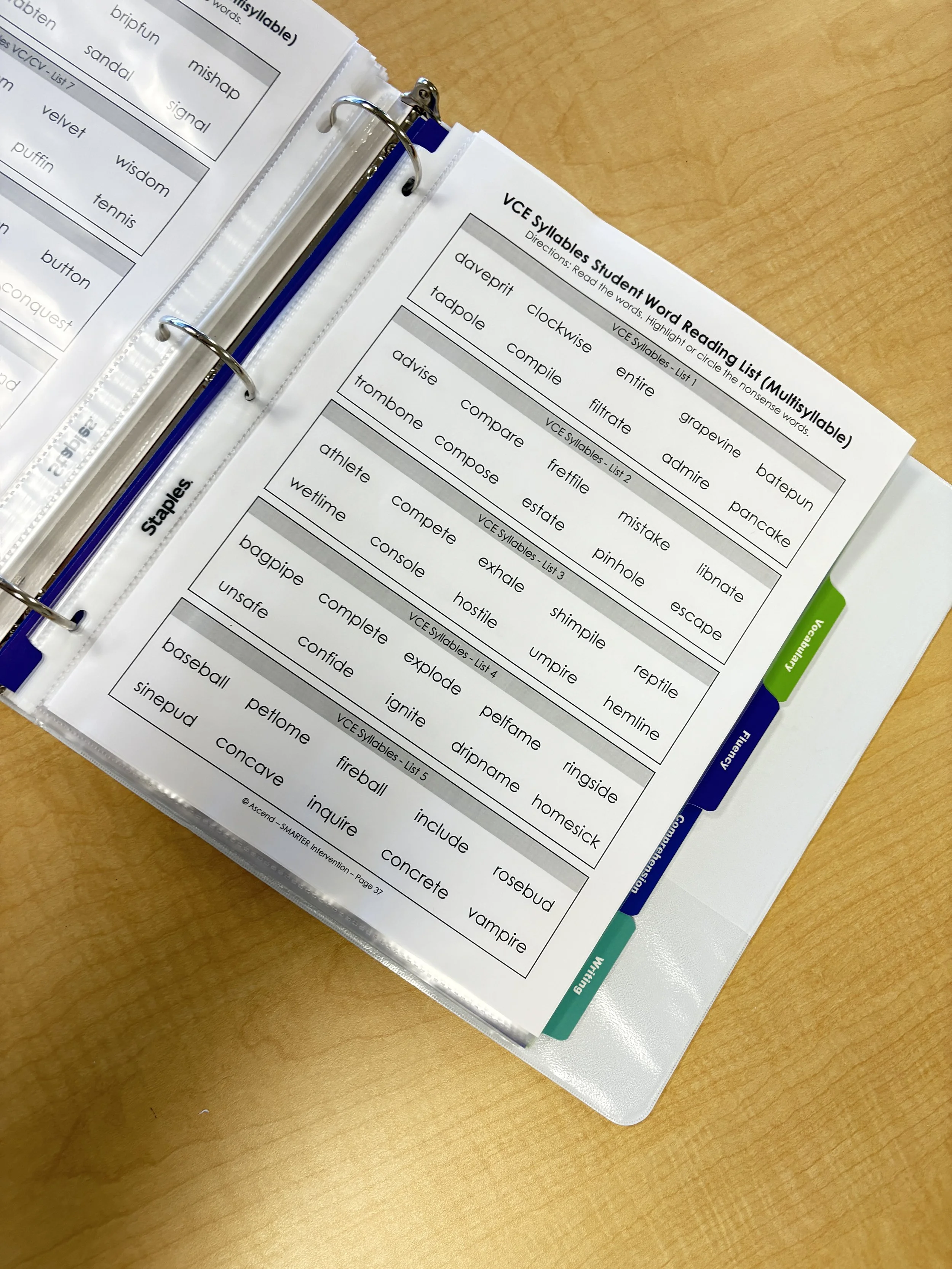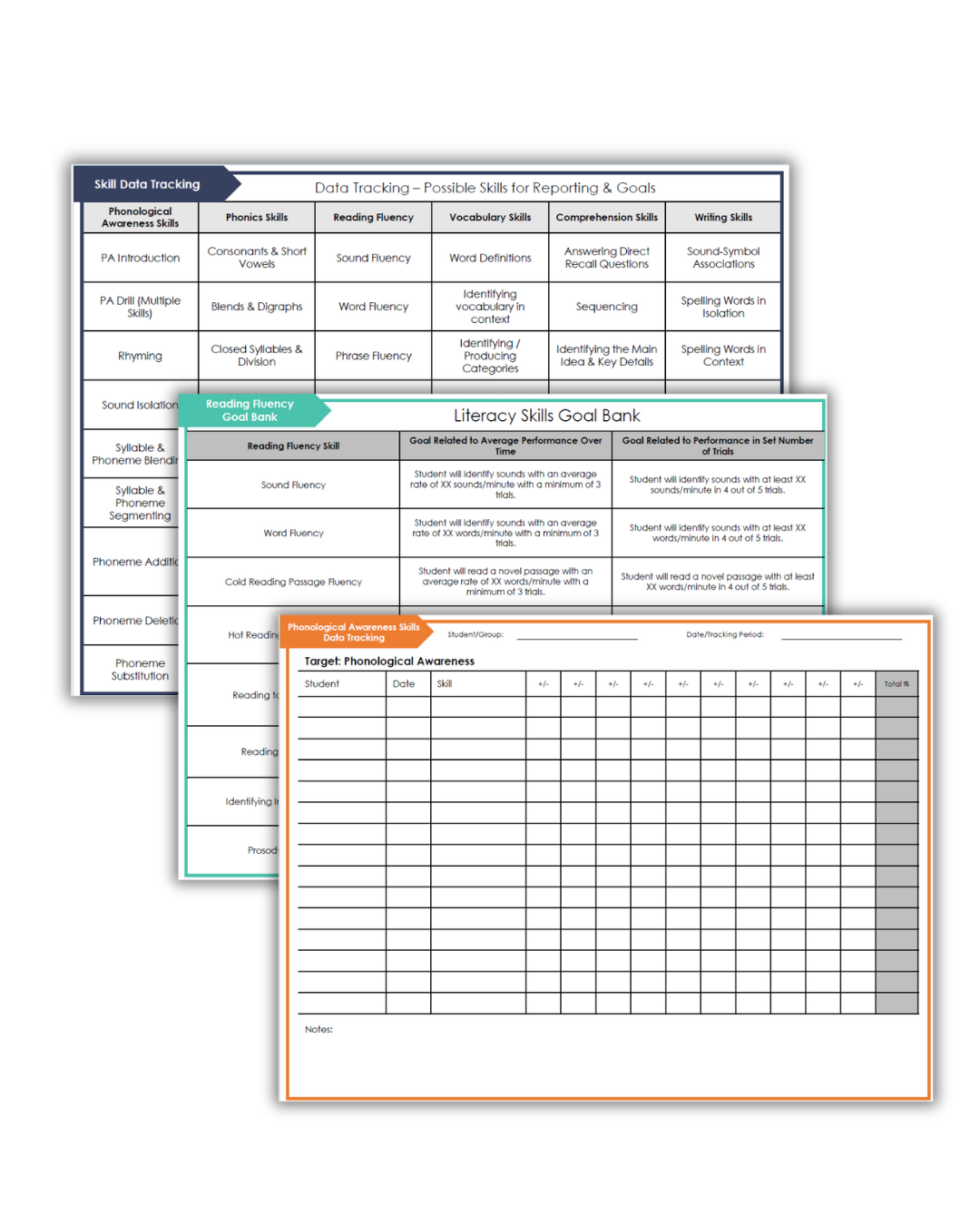What to Track: Making Progress Monitoring Easy in Every Lesson
Have you ever stared at a stack of reading data and thought, “Okay, they’re below benchmark… but what do I actually do with that?”
We get it. Those numbers can feel like a locked door, one that’s supposed to hold the key to student growth but doesn’t come with instructions.
But here’s the secret: progress monitoring is the key that opens that door.
It’s not about collecting more data. It’s about collecting the right data, the kind that helps you discover why students are struggling, not just that they are.
Why We Love Data (Even When It’s Messy)
Truth moment over here:
Other truth moment, we’re here for a good escape room (and we actually failed this one…)
We geek out over progress monitoring because it’s a little like solving an escape room.
Each data point is a clue. Each skill gap points to what’s missing. And when you start piecing those clues together, the patterns begin to reveal the way out — basically, how you can get your students at or above benchmark.
Even when the data shows tough truths (like the numbers going down instead of up!), it’s still information that moves you closer to unlocking what’s really going on.
The Problem With “Below Benchmark”
A lot of assessment data tells you where a student is compared to their peers (for example, a student is below benchmark (or isn’t where they should be), but it doesn’t tell you why.
That’s why so many educators feel stuck, spinning their wheels and reteaching everything “just in case.”
But when you look through the lens of the five core components of literacy, you start to see what’s actually happening beneath the surface.
The 6 Clues That Change Everything
When you track data across these five components + writing, you’re not just gathering information, you’re gathering clues to solve the mystery of why reading isn’t clicking yet.
Phonological Awareness
Guiding Question: Can they hear and manipulate sounds? This data shows you whether the issue begins before letters even appear (a foundational clue).
How to Track: During a lesson, we may provide a student with five words and ask them to tell us how many syllables they hear in each word. Tally correct/incorrect responses for a set number of opportunities (e.g., 4/5 = 80%).
What to Teach: If students struggle with phonological awareness, you will want to make sure to include ongoing support with activities like blending, segmenting, or manipulating sounds.
Phonics
Guiding Question: Can they connect sounds to symbols? This tells you if decoding and spelling patterns are the root of the breakdown.
How to Track: During a lesson, we would provide students with a list of words to read and then record accuracy on decoding tasks or spelling attempts across different types of words. This can be a formal probe or even just a decoding review that you already have built into your lesson. Tally correct/incorrect responses for a set number of opportunities (e.g., 7/10 = 80%).
What to Teach: If students struggle with phonics patterns, you want to make sure to provide direct and explicit instruction in decoding or spelling words that contain identified areas of difficulty.
Vocabulary
Guiding Question: Do they understand the words they read and use? Sometimes, the issue isn’t accuracy in decoding; it’s that they’re actually struggling with word meaning (they aren’t always raising their hand to say they have no idea what a word means).
How to Track: During a lesson, we will provide a few words for students to define. We will ask them to tell us the category or group the word fits into (it’s a ______________; e.g., describing word), the function or purpose (that __________; e.g., explains an emotion), a synonym or similar word (it’s kind of like _____________; e.g., happy), and an antonym or shade of meaning (but ____________; e.g., it’s even more intense). We give them a point for each part of that definition they can provide, then we ask them to use the word in a sentence. This allows students to get up to 5 points for each word they are provided.
What to Teach: If students are struggling with vocabulary, you can provide extra practice asking students to share word meanings, categories, synonyms/antonyms, or examples of multiple uses for different multiple-meaning words.
Fluency
Guiding Question: Can they read with appropriate pacing, phrasing, and expression? Fluency data reveals automaticity, a common bottleneck that impacts comprehension.
How to Track: Count correct words per minute, note miscues, and record accuracy percentage. You can also provide observational data on prosody and expression.
What to Teach: If students are struggling with fluency, you want them to spend more time practicing reading connected text at the word, sentence, paragraph, or passage level. Repeated reads are a great way to support this development.
Comprehension
Guiding Question: Can they make sense of what they’ve read? This is where it all comes together, and where skill breakdowns become most visible. But it’s also important to know whether students struggle with all levels of comprehension or just specific levels.
How to Track: Provide a passage for the student at their instructional level. Then ask questions that relate to the different levels of comprehension (direct recall, sequencing, main idea, connections, compare & contrast, cause & effect, inferences, predictions, analysis & author’s purpose). Tally correct/incorrect responses for each of the different question types (e.g., 4/5 = 80%).
What to Teach: If students are struggling with comprehension, begin with the most basic level (direct recall) and work your way up through modeling and repeated exposure/practice.
Writing
Guiding Question: Can they express themselves effectively through writing? Are they able to edit their writing so others can follow effectively?
How to Track: We have students respond to writing prompts during their lessons and grade them, or have them grade themselves on their writing using a rubric.
What to Teach: If students are struggling with writing, begin by modeling the writing process together so they can work through the process with you, beginning with brainstorming, moving into drafting, and ending with editing.
Each component gives you one more piece of the puzzle, one more lock to open on your way toward student growth.
What Makes This Exciting
When you start tracking by component, everything changes.
You go from “This student is behind” to “Oh, this student decodes beautifully but needs vocabulary work.”
You stop reteaching everything and start targeting exactly what’s actually needed. Your lesson planning shifts from guessing to knowing.
And suddenly, data isn’t something you dread. It’s something you look forward to, because every new data point is a chance to figure out what your students need next.
Try it Out
We created a free set of Progress Monitoring Sheets to help you start tracking data across the five core components right away. It’s meant to be a simple visual that is designed to help you capture the clues that matter most, without losing instructional time.
And if you’re ready to take this “detective” work even further, check out our Spotlight PD: Progress Monitoring Made Simple.
Inside, you’ll learn the 4-step process we use to:
Identify student needs with the data you already have
Set targeted, measurable goals
Track progress efficiently across all five components + writing
Adjust instruction based on your data
You’ll also get our full Progress Monitoring Toolkit, including component-specific probes like the ones shown in all of our images above!
Because when you learn to read data like clues in an escape room, you’ll never see “below benchmark” the same way again. (okay, we’re taking the escape room too far, we know!)







